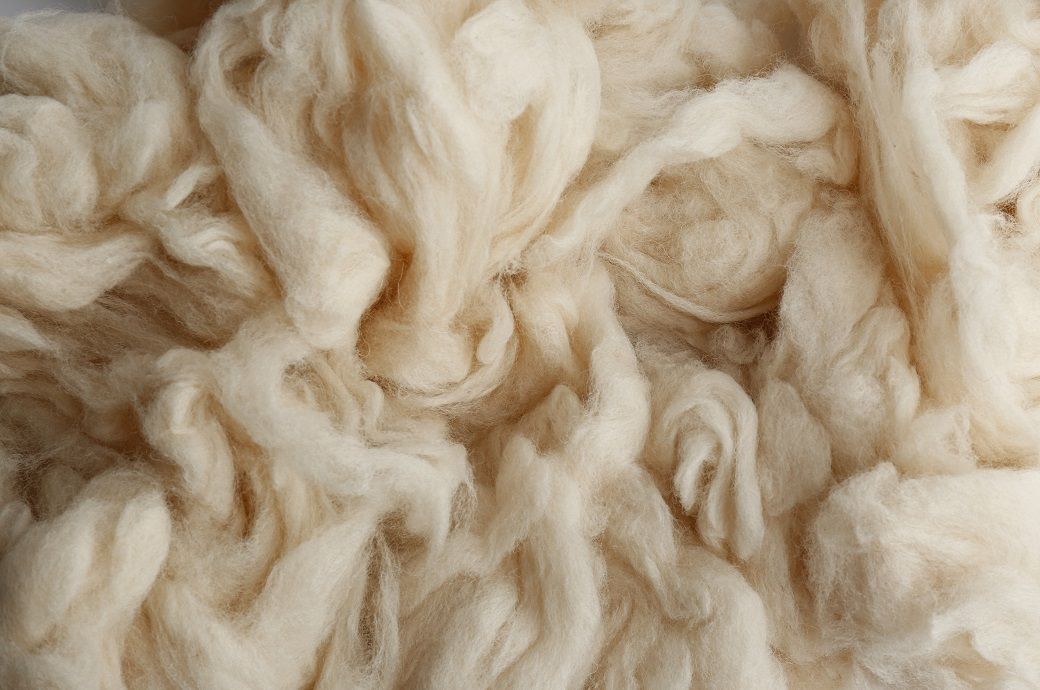Stabilising prices in Oct lead to higher wool sales in Australia: AWI

Insights
- In October 2023, the Australian wool market showed signs of stability despite year-long struggles.
- Wool producers, facing cashflow pressures and drier conditions, are choosing to sell at current prices rather than withhold stock.
- The selling season has seen a 6–9 per cent loss across all Merino micron groups, with superfine types most affected.
Industry analysts believe this is likely due to producers cashflow requirements because of lower commodity prices and seasonal conditions becoming dryer. Analysts say that demand for Australian wool is not expected to pick up over the coming months due to consumer demand continuing to wane as challenging economic conditions and global tensions carry on, according to a monthly report by AWI.
They also predict supply will deplete over the coming months after a period of high stock of wool placed downwards pressure on the market. Fine Merino types were the main culprits setting the downward pressure on premiums. Broader wool prices have weakened as demand declined compared to the same time last year with volumes remaining relatively unchanged.
Crossbred wool demand has seen some improvement, but data showed volume sold has increased and therefore put downward pressure on the price.
Since the start of the selling season all Merino micron groups have suffered losses between 6–9 per cent with the superfine types most effected. October saw 193,514 bales offered nationally, with an average pass in rate of 7 per cent across the month—that is a reduction of 3 per cent month-on-month.
October AWTA core test volumes were higher by 15.1 per cent compared to October 2022 with all major categories except 21-22 micron following the trend.
This is believed to be due to shearing sitting well ahead compared to a year ago due to favourable conditions, not an increase of sheep numbers or clean fleece weights as fibre diameter is in fact falling for both Merino and adult crossbred wool.
The EMI remained relatively unchanged at the end of October as strong bidding for higher quality fleece was balanced out by discounts for less-than-ideal lots. As wool supply continues its shift finer and the incidence of vegetable matter in fleece decreases overall, the scrutiny of buyers will become increasingly important.
Finally, with the Australian flock set to contract this season, this means lower sheep numbers in 2024-25 for slaughter and a lower wool supply, added the report.
Fibre2Fashion News Desk (NB)
































-Ltd..jpg?tr=w-120,h-60,c-at_max,cm-pad_resize,bg-ffffff)





.jpg?tr=w-120,h-60,c-at_max,cm-pad_resize,bg-ffffff)
.jpg?tr=w-120,h-60,c-at_max,cm-pad_resize,bg-ffffff)






